Calculations play a large part in many Excel worksheets, so it’s important to know how to fix any problems should they occur. The SUM function in particular can be quite problematic, so we’ll show you how to fix Excel when it isn’t returning the sum of selected cells.
| Cause | Fix |
| Calculations are set to manual | Configure your calculations to be automatic |
| One or more cells do not possess the correct data | Ensure the cell’s content type is a numeric one |
| Language options are causing conflicts | Revert back to English or account for your change |
In this post, we’ll be instructing you how to go about fixing each of the causes for SUM to operate incorrectly. First off, resolving a potential calculation configuration mistake, second updating a cell’s content type, and lastly, changing the Windows display language.
- Get Excel for just $6.99 per month from the Microsoft Store!
Quick links:
- Setting up automatic calculations in Microsoft Excel
- Setting up cell content data types in Microsoft Excel
- Changing your Windows display language
- End note
Setting up automatic calculations in Mircosoft Excel to use to sum function.
Step 1 – Open your Excel worksheet
- From there we can begin attempting fixes. If this fix does not work, keep the sheet open to attempt the other potential fixes.
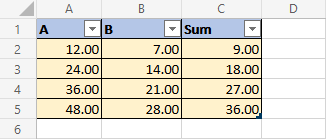
Step 2 – Search for calculation
- Using the search bar above the tab ribbon, search for calculation (or calc) and look for the Calculation options dropdown. Click the dropdown and select Automatic as your option.

Step 3 – Check if your calculations were updated
- With automatic calculations enabled, it will not be required to trigger calculations yourself. As such, simply updating your data should prompt an automatic calculation. As you can see below, our calculations have been updated.
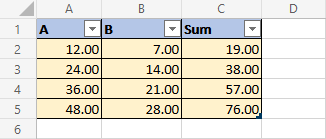

Setting up cell content data types in Microsoft Excel
Step 1 – Open your Excel worksheet
- From there we can begin attempting fixes. If this fix does not work, keep the sheet open to attempt the other potential fixes.

Step 2 – Select each cell involved with the calculation
- Click and drag to select cells, or alternatively hold ctrl and click each cell one by one. After producing your selection, you may proceed.
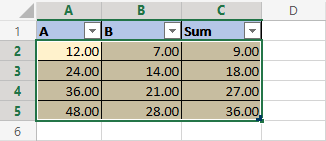
Step 3 – Set your selection’s data type to Number
- Click and drag to select cells, or alternatively hold ctrl and click each cell one by one. After producing your selection, you may proceed.
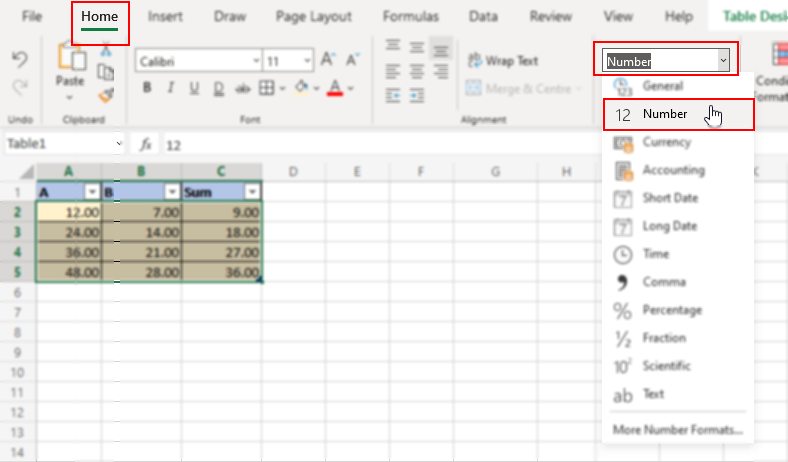
Step 4 – Check if your calculations were updated
- Assuming the data within your cells can be read as numbers, no error should occur and your calculation should work.

Changing your Windows display language to return the sum of cells
Step 1 – Open settings
- Press the Win/Start key and type Settings into the search bar. Press enter or click Open on the application card to continue.
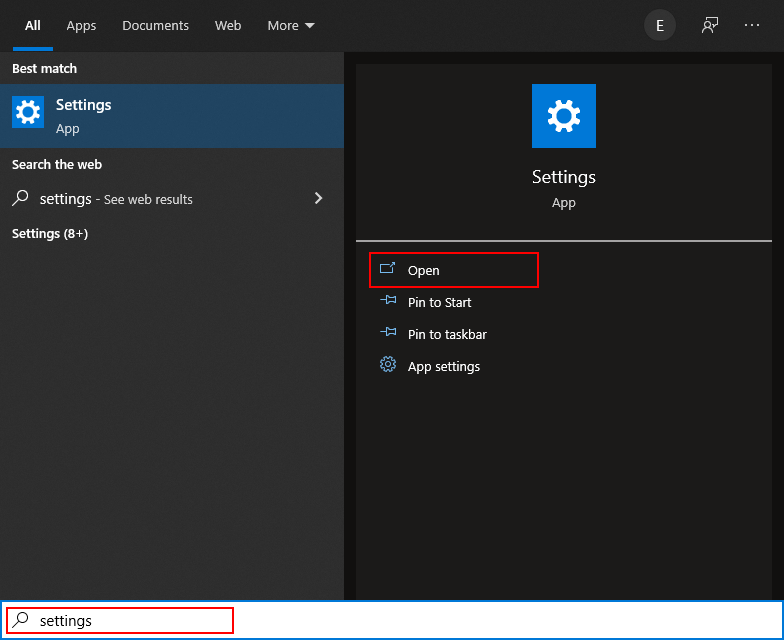
Step 2 – Enter Time & Language settings
- From the Settings application homepage you are able to access a series of setting categories. To change your display language, you’ll need to access Time & Language.
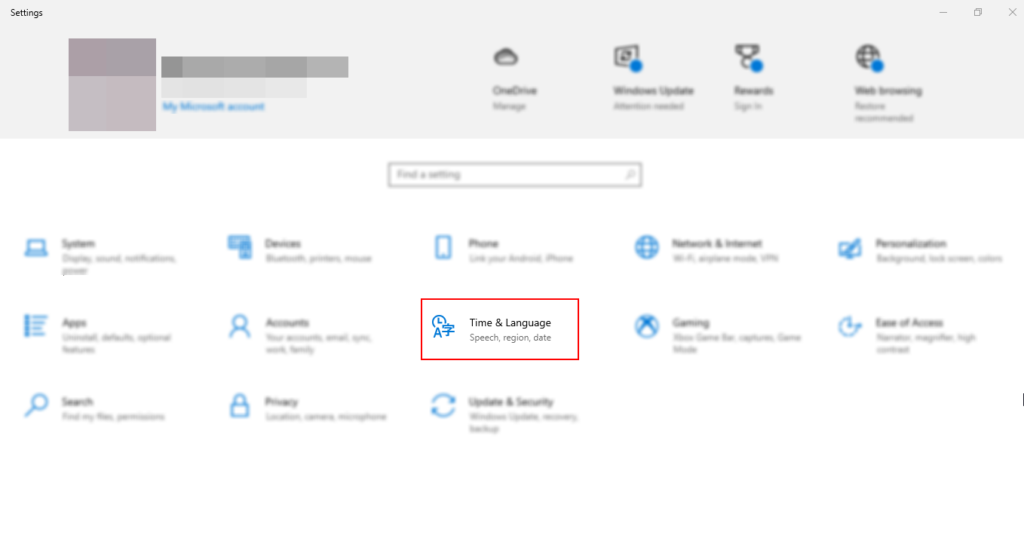
Step 3 – Access your Language options
- From the Time & Language left side-panel, select the Language setting to access your language options.
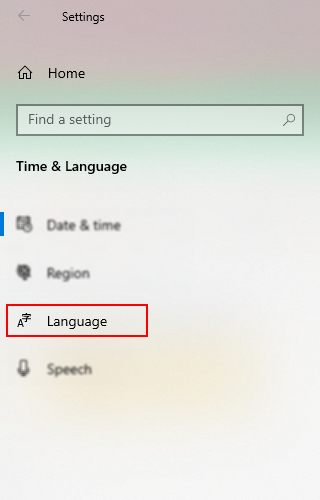
Step 4 – Select a different display language
- Using the Display language dropdown, select a different language you are competent with- preferabbly native.

End note
Recap
Using Excel, you may at times find yourself unable to sum cells. This issue arises from a number of causes such as: automatic calculations being disabled, lack of data type settings, and even using particular display languagaes with certain quirks (like French using “,” for decimal points instead of “.”).
Farewell
As usual, this section is dedicated to thanking readers for their support. We’d be pleased to know you found this post useful and/or informative. If you have any more Office 365 related queries, please consult our related articles (listed below). However, if you have other queries, consider looking at the rest of the site. We’re frequently posting new stuff each week and may just have the guide or troubleshooting tips you need. Regardless, we wish you a good day/night. Farewell readers.
Our related articles:
- Excel: Can’t adjust column width: Troubleshooting steps – Spreadsheets are vastly useful, and with Excel’s protect feature, they’re more secure than ever. Despite this, it can sometimes be a little problematic. When cells are locked within a protected spreadsheet, you lose the ability to change them in certain ways. This was intended to prevent inadvertent and/or malicious changes to your work by other users. Fortunately, locks and protection can be turned off in most cases. Stay and read along to find out about locking and unlocking cells, merging cells, manually adjusting cell dimensions and enabling protection for your sheets. All whilst we break down how you should enact the provided solutions.
- How to set default date format in Excel web app – Is collaboration between regions causing your team destructive formatting inconsistencies? We’ve put together a step-by-step guide with pictures to show you how you can alter the default date format for the web version of Excel. We additionally discuss the importance of consistent formatting, and what exactly date formats are. As such, if this sounds like an issue you’re facing, we urge you to read along.
- How to stop Excel rounding numbers – On your worksheet, some numbers with one or more decimal places may seem to be rounded. This can happen when the column isn’t large enough for the whole number if it isn’t the consequence of using a rounding function. It can also happen if the format is configured to display fewer decimal places than the real value has. In this blog, we will be looking at solutions to help users resolve Microsoft Excel rounding numbers and find possible solutions to help prevent the error from occurring again. We will also address some of the issues that can cause Microsoft Excel rounding numbers so users are more aware of what they are dealing with and what approaches they need to take to resolve Microsoft Excel rounding numbers.
- Excel won’t let me type: Causes and Fixes – Within Microsoft Excel, you as the user may sometimes encounter issues that, though relatively simple to solve, can prove unfathomably frustrating. One such issue is when, seemingly out of nowhere, you are not able to type within the cells of your spreadsheet anymore. More often than not, the issue that prevents you from typing within the application of Microsoft Excel are add-ins. In case you’re unaware, add-ins are provided in order to offer Excel a wider field of application, making it accessible on the likes of Mac, iPad, or a browser, as opposed to the conventional Windows usage.






